TOP 10 Largest Dinosaurs
Dinosaurs have captured the imagination of people for generations, and among the most awe-inspiring aspects of these prehistoric creatures are their size. In this article, we’ll take a look at the top ten largest dinosaurs based on estimated body mass and explore what made each of these majestic creatures unique. So buckle up and get ready to travel back in time to a world where the biggest creatures to ever walk the earth roamed free.
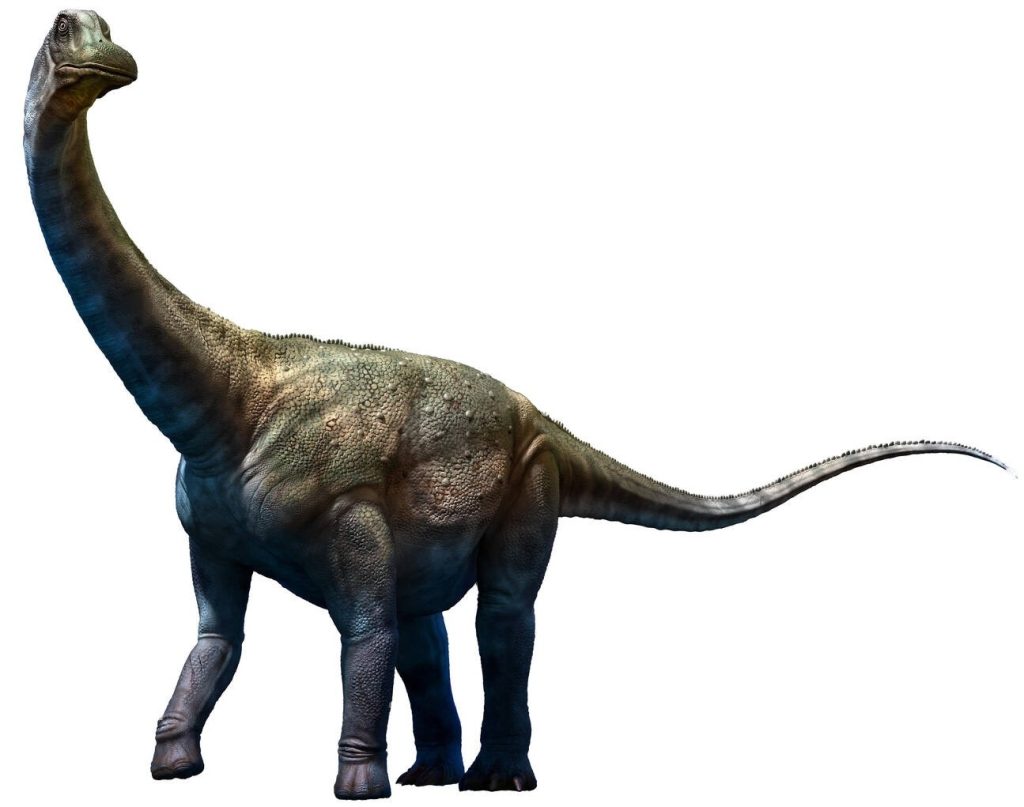
10. Antarctosaurus
Antarctosaurus is a dinosaur that lived in South America during the Late Cretaceous period. It was a large herbivorous sauropod, known for its long neck and a small head. Some palaeontologists suggest it could grow up to 30 meters (100 feet) in length. Fossil remains of Antarctosaurus have been found in Argentina and Antarctica.
Roarsome facts
- The name "Antarctosaurus" means "Antarctic lizard", reflecting its discovery in Antarctica
- Fossil remains of the Antarctosaurus have been found in both Argentina and Antarctica, making it one of the few dinosaurs with a known range across two continents.
- Like other sauropods, it reproduced by laying eggs.

Height

Weight

Lenght

Diet

9. Amargasaurus
Amargasaurus lived approximately 100 million years ago during the Early Cretaceous period. They were of course a herbivore with a length estimated to be around 9-10 feet and a weight of approximately 4-5 tons.
What made Amargasaurus unique was its distinctive elongated neck vertebrae, which were covered in bony spines that may have served as a defence mechanism against predators or as a way to attract mates.
Amargasaurus was discovered in Argentina in the 1980s. Despite its relatively small size compared to other sauropods, Amargasaurus remains one of the most recognizable and iconic dinosaurs of its time.
Roarsome facts
- Like other sauropods, Amargasaurus was a herbivore, feeding on vegetation using its toothless beak.
- Amargasaurus lived during the Early Cretaceous period, approximately 100 million years ago, making it one of the oldest known sauropod dinosaurs.
- The classification of Amargasaurus has been a subject of some debate among paleontologists. Initially, it was classified as a diplodocid, a group of sauropods known for their long necks and tails, but more recent studies have suggested that it may be more closely related to other groups of sauropods, such as the titanosaurians.

Height

Weight

Lenght

Diet
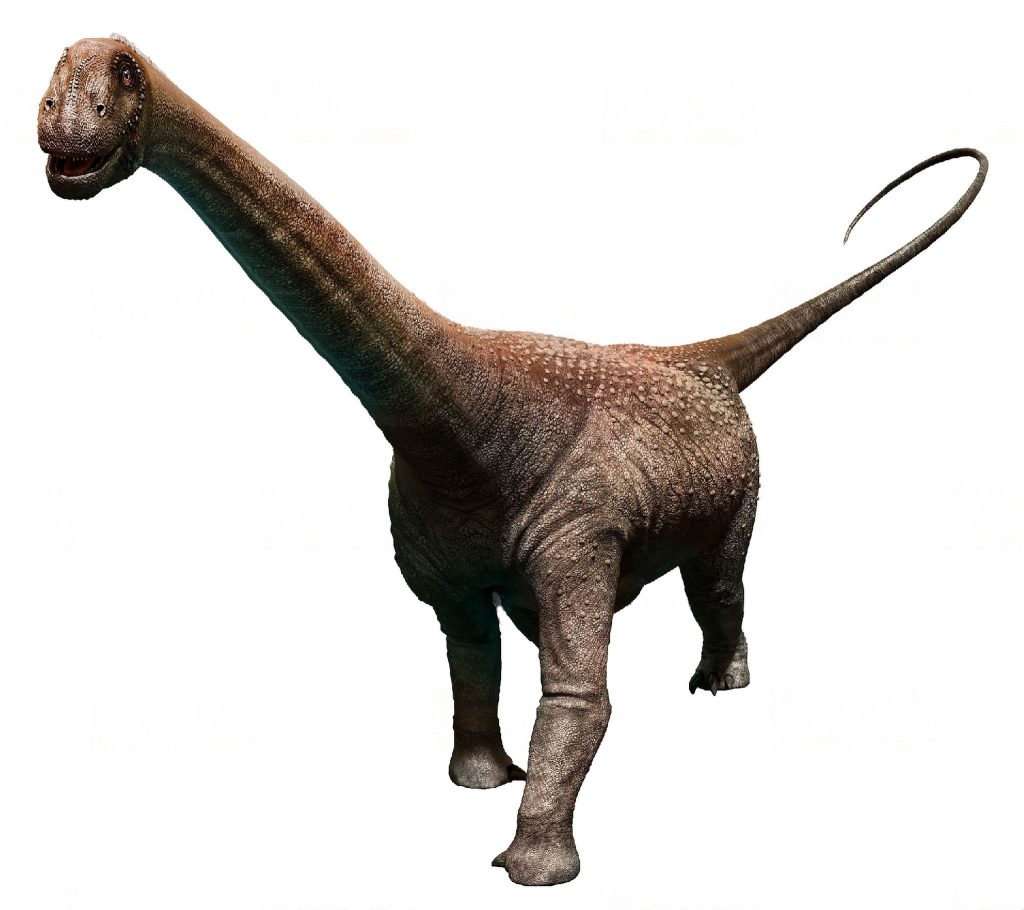
8. Malawisaurus
The Malawisaurus lived in present-day Malawi and other parts of Africa during the Early to Middle Cretaceous period, approximately 112-121 million years ago. During this time, sauropod dinosaurs were highly diverse.
Despite being a member of the sauropod family, they were relatively small in size. Through the discovery of their skulls and, more recently, their teeth, scientists have identified two distinct forms of the Malawisaurus dinosaur. This distinction was made based on variations found in the neck and tail vertebrae of the Malawisaurus. The spaces between the vertebrae in the dinosaur’s tail indicate that it had a rigid tail. The same might have been used for self-defence from predators due to its size and mass.
Roarsome facts
- African Origin: As its name suggests, Malawisaurus was discovered in the African country of Malawi, making it one of the few known sauropod dinosaurs from the southern hemisphere.
- Fossil remains of the Antarctosaurus have been found in both Argentina and Antarctica, making it one of the few dinosaurs with a known range across two continents.
- According to some recent researches the eggs sauropods have given an insight into the body temperature of those giants. It is suggested that a temperature of about 37°C/99°F makes them not so cold-blooded now .

Height

Weight

Lenght

Diet
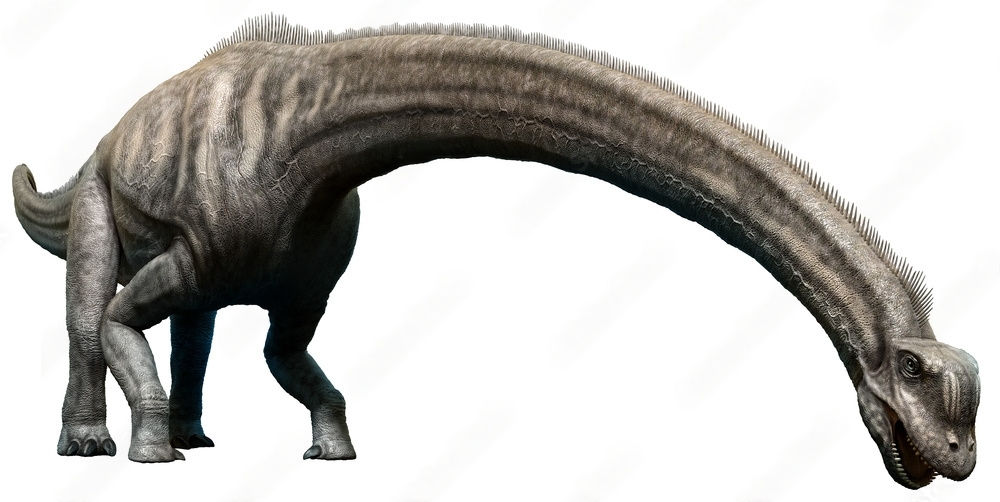
7. Sauroposeidon
The Sauroposeidon was a towering sauropod dinosaur species, named in reference to the Greek sea deity Poseidon, meaning “the lizard earthquake god.” Its fossils have been discovered in various American states, including Texas, Oklahoma, Wyoming etc.
The most iconic feature of the Sauroposeidon is its enormously long neck which in some cases reached up to 30m in length only. Enough to be naughty peaking at the tops of the highest trees in the savannah.
Roarsome facts
- It is ironic that the excessively long neck might have been never kept to its full length due to the immence stress to the heart that it would cause. We have all been there haven't we.
- One of the theories is that the Saurposeidon kept his neck paralel to the ground feeding mostly with low hanging vegetation as well as grass.

Height

Weight

Lenght

Diet
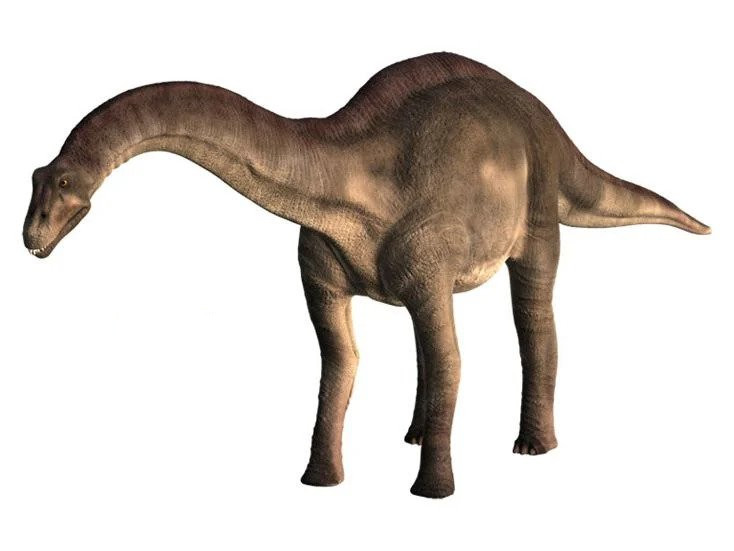
6. Paralititan
Paralititan comes from “Tidal Giant” was a giant titanosaurian sauropod dinosaur discovered in the coastal deposits in the Upper Cretaceous Bahariya Formation of Egypt. Paralititan must have lived somewhere between 99 and 93 million years ago.
The information available on Paralititan is limited, making it challenging to determine its exact size. But based on the scarce fossils, particularly the elongated humeri, it is believed to be one of the largest dinosaurs found, with a weight estimate of around 59 tons.
Roarsome facts
- Paralititan bones were found mostly in tidal areas and hence the name.
- Paralititan co-existed in the same time and location as other giant dinosaurs such as Carcharodontosaurus, Spinosaurus, and the sauropod Aegyptosaurus.

Height

Weight

Lenght

Diet
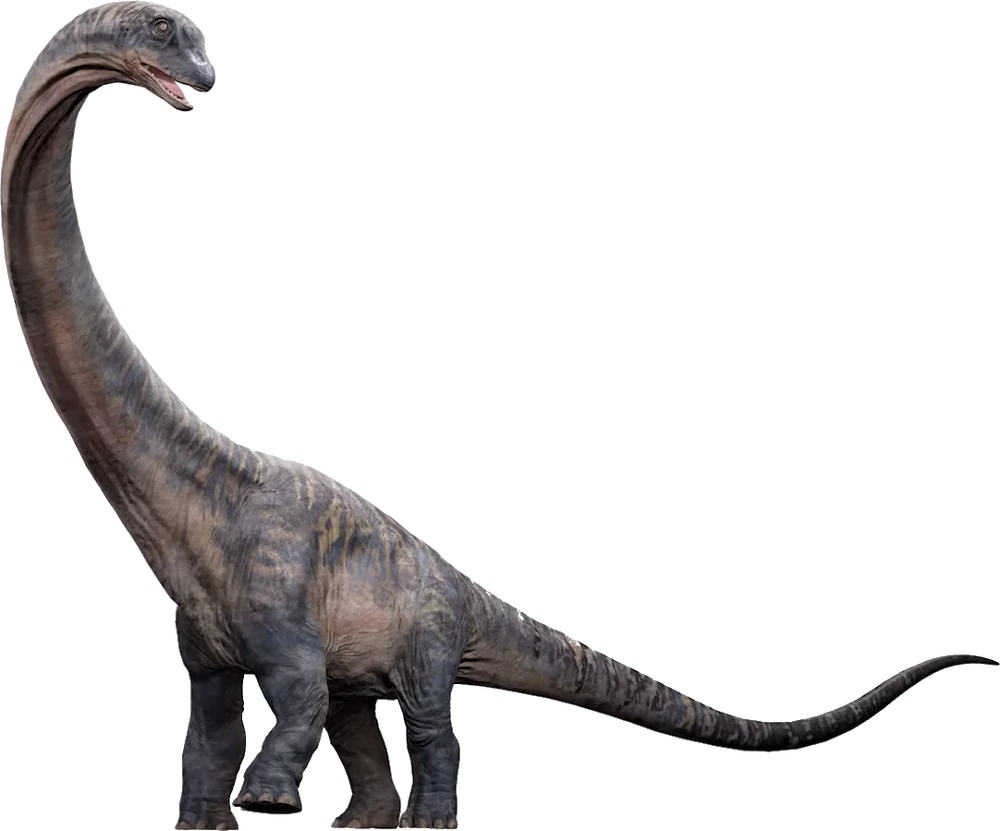
5. Dreadnoughtus
Dreadnoughtus is a genus of large sauropod dinosaur that lived around 77 million years ago during the Late Cretaceous period. It was discovered in the Patagonia region of South America and is known from a nearly complete skeleton, making it one of the most well-studied sauropods.
Dreadnoughtus was one of the largest dinosaurs ever discovered, with some estimates putting it at over 100 feet long and weighing around 65-80 tons. It had a massive, elongated body with a long neck and tail, and stood on four massive legs. It was a herbivore, feeding on vegetation with its toothless beak.
Because they were so huge they were probably safe from predators. Their long tail could have been used as an effective weapon in dire situations.
Dreadnoughtus continues to be an important area of research for scientists, providing valuable insights into the biology and evolution of sauropod dinosaurs, and helping us to understand the diversity of life that existed during the Late Cretaceous period.
Roarsome facts
- It was named after the dreadnought battleships.
- The scull of the dreadnoughtus is very light which must have helped them keeping their heads and extremely long necks raised up.
- With the weight of about 60 tons one Dreadnoughtus weighed more than 7 adult elephants.

Height

Weight

Lenght

Diet
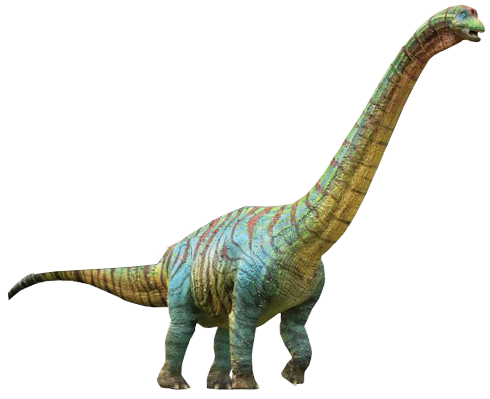
4. Futalognkosaurus
This giant beast lived during the late Cretaceous period somewhere around 87 million years ago and roamed the territories of nowadays South America. Futalognkosaurus fossil remains were uncovered from the Portezuelo formation in the Neuquén province of Argentina.
The long-necked dinosaur has an equally justified long name. The generic name refers to ‘giant chief lizard’ derived from Mapudungun, the indigenous language spoken by Mapuche people in Argentina and Chile.
Roarsome facts
- The estimated size and weight of Futalongnkosaurus are putting it in top 5 of the largest dinosaurs ever found as well as it is one of the most complete giant dinosaur known so far

Height

Weight

Lenght

Diet
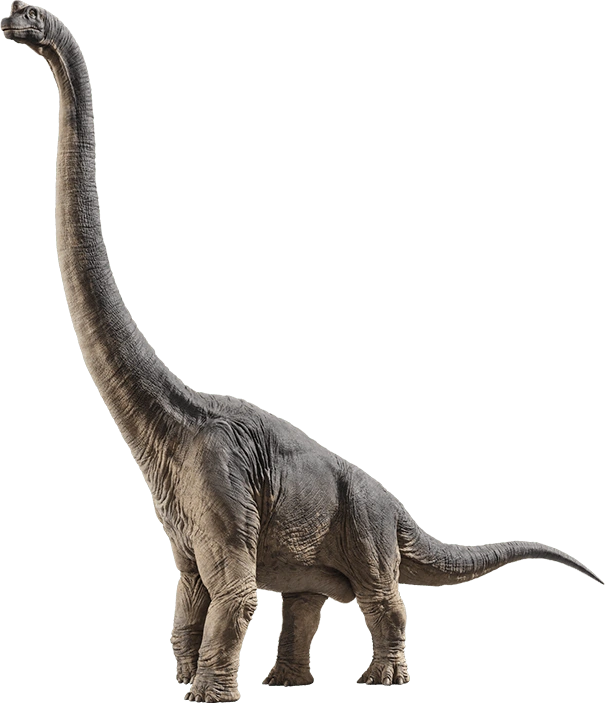
3. Brachiosaurus
Brachiosaurus was stomping around about 154-153 million years ago during the Late Jurassic era. It was one of the largest dinosaurs, reaching up to 24 m in length and weighing as much as 80-100 tons. Its most distinctive feature was its long neck, which was about half the length of its body and allowed it to reach high into trees to feed on leaves. Brachiosaurus lived in what is now North America and Africa, and it is believed to have been a herbivore. Fossils of Brachiosaurus have been found in several locations, including the western United States and eastern Africa.
Roarsome facts
- Brachiosaurus altithorax; the generic name is Greek for "arm lizard", in reference to its proportionately long arms

Height

Weight

Lenght

Diet
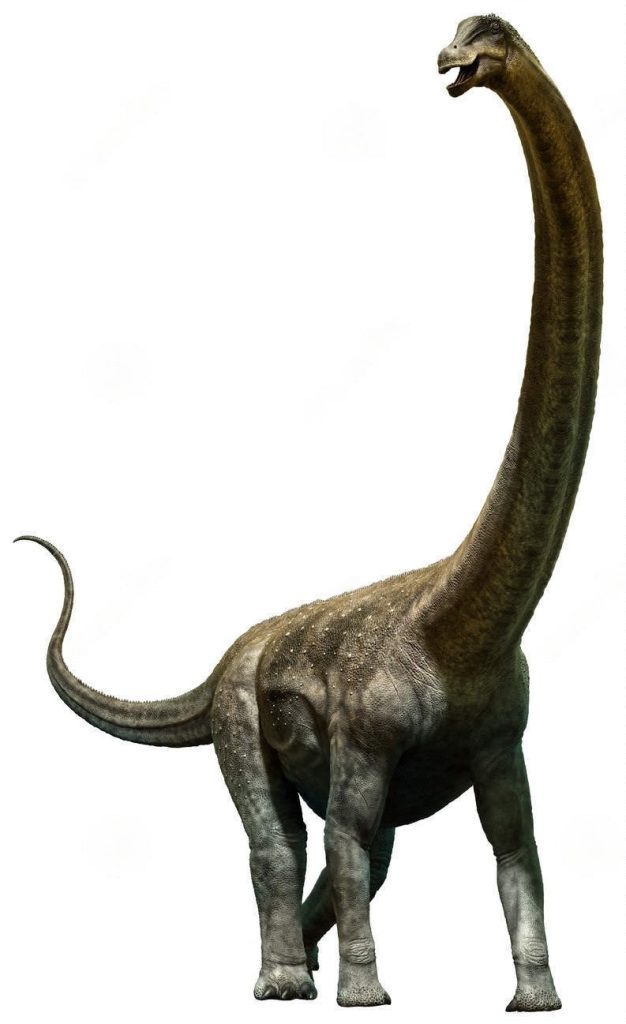
2. Puertasaurus
Puertasaurus was a group of very big plant-eating sauropod dinosaurs that existed during the late Cretaceous period. Although there is no complete skeleton of Puertasaurus, paleontologists have managed to obtain a significant amount of information from just a limited number of bones, including neck, back and tail vertebrae.
Roarsome facts
- It was named after its founder the argentinian archeologyst Pablo Puerta

Height

Weight

Lenght

Diet
And now we have come to our number one in the category. I am happy to present the mighty Argentinosaurus
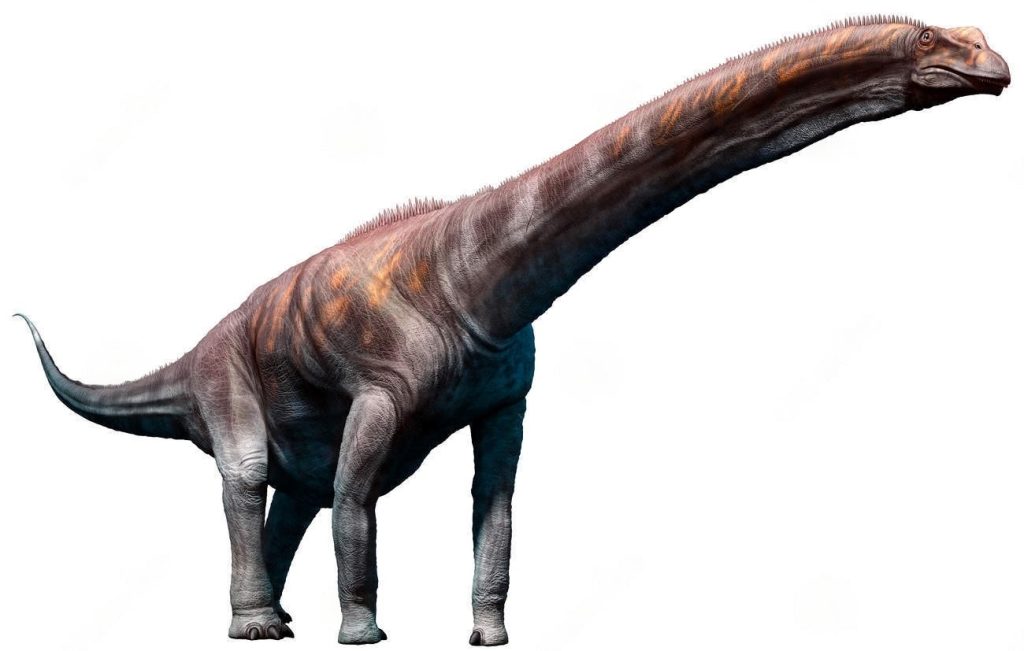
1. Argentinosaurus
Argentinosaurus was towering above the highest trees during the Late Cretaceous period in todays Argentina. It was discovered in Argentina by Guillermo Heredia back in 1987 and no larger dinosaur was ever found since then.
Currently, it is uncertain whether this dinosaur held its long neck vertically or horizontally when moving or eating. Some scientist believe it kept its neck horizontal as a completely vertical position would have impacted the proper functioning of its heart but that would remain a mystery until we found a way to go 100 million years back in time.
Roarsome facts
- Researchers used computer simulations and machine learning techniques to teach a digital model of Argentinosaurus to walk. The algorithms found the most energy-efficient combination of movements, which resulted in a walking gait similar to a pace (where the forelimbs and hind limbs on the same side of the body move at the same time). The model was able to reach a maximum speed of just over 2 meters per second, or 7.2 kilometers per hour, which is equivalent to 5 miles per hour.

Height

Weight

Lenght

Diet
In conclusion, dinosaurs continue to captivate and amaze us with their sheer size and diverse range of adaptations. From the massive Argentinosaurus to the spikey-necked Amargasaurus, the top 10 biggest dinosaurs offer a glimpse into the fascinating world of prehistoric creatures. These gentle giants roamed the earth millions of years ago and left behind a legacy that still inspires us today.
While much is still unknown about these massive creatures, ongoing research and new discoveries continue to shed light on their lives, habits, and evolution.

